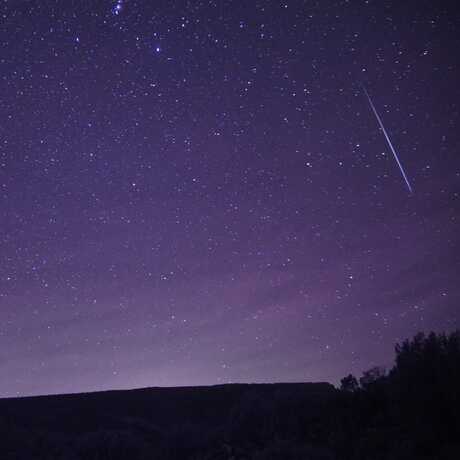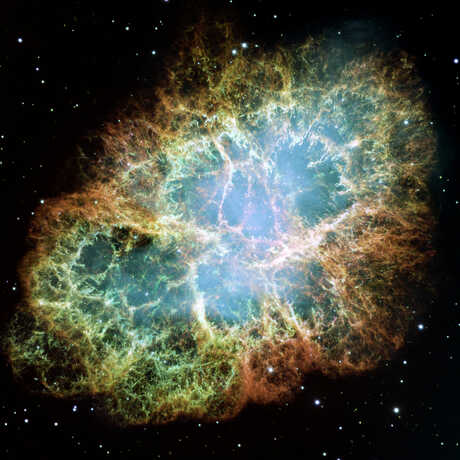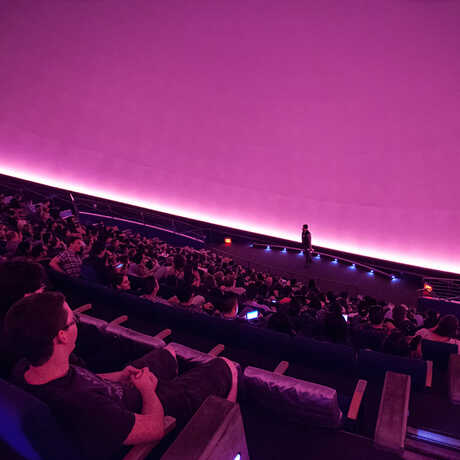Browse our collection of educational resources, activities, and opportunities for educators and students.
Universe Update
A Solar Eclipse Across America
A total solar eclipse is coming to North America! Read on for a variety of ways to experience—and participate in—this incredible astronomical event.
On Monday, April 8, 2024, a total solar eclipse will darken a 115-mile-wide swath from Mexico to eastern Canada, traversing the United States from Texas to Maine in the process. Virtually all of North America will be in the path of at least a partial solar eclipse. Below are some ways you can observe the eclipse on your own and at the Academy.
Para ver esta página en español, haga clic aquí.
Total solar eclipse: April 8, 2024
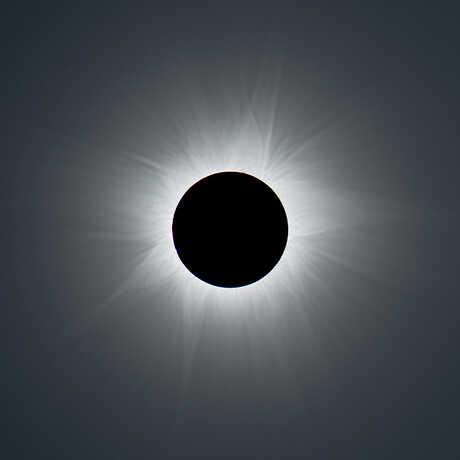
A total solar eclipse is when the new Moon will slip between Earth and the Sun, blocking the Sun entirely from view and briefly allowing its faint corona to become visible.
As seen from San Francisco, the partial eclipse is a morning event, beginning at 10:15 am Pacific, with maximum at 11:13 am, when the Moon crosses 34% of the Sun’s diameter. The Moon moves off the solar disk, and the eclipse ends at 12:15 pm.
Check the local time to ensure you don’t miss the total phase of the solar eclipse, which only lasts about four minutes. To determine the precise start time, end time, and duration of totality for your exact location on eclipse day, use this interactive eclipse map developed by timeanddate.com.
Below are some ways you can observe the eclipse on your own and at the Academy.
Image credit: Rick Fienberg / Sky & Telescope
Viewing at the Academy
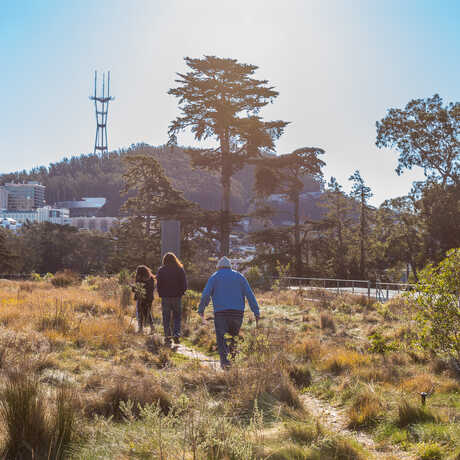
- Before the eclipse, join planetarium presenters as we explore what solar eclipses are and what causes them in our new Hohfeld Hall show, The Sun and Space Weather. View the Daily Calendar for showtimes.
- When the museum opens on April 8:
- Head up to the Living Roof for safe solar observing using various devices, including conventional telescopes with safe solar filters and projection apparatuses such as "Sun-Spotters." (Weather permitting.)
- We will feature livestreams of the eclipse in our Naturalist Center and Science Today exhibit.
- Solar viewing glasses are on sale in the Academy Store for $3 (free for members).
Please note: Museum admission is required for eclipse events at the Academy.
Observing on your own
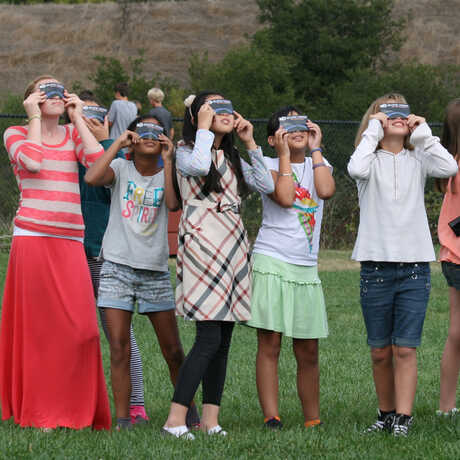
- To determine the precise start time, end time, and duration of annularity for your exact location on eclipse day, use this interactive eclipse map developed by timeanddate.com.
- Wherever you go, DIY! Learn how to make your own eclipse viewer with just a couple of pieces of paper.
- Use this sample activity (available in English and Spanish) to contribute to the Eclipse Soundscapes community science project that focuses on collecting data before, during, and after the eclipse.
- Explore NASA's official solar eclipse page to dive deeper.
Image credit: Courtesy Mark Margolis / Rainbow Symphony
Exploratorium feature: Learn about Dine (Navajo) knowledge of the cosmos
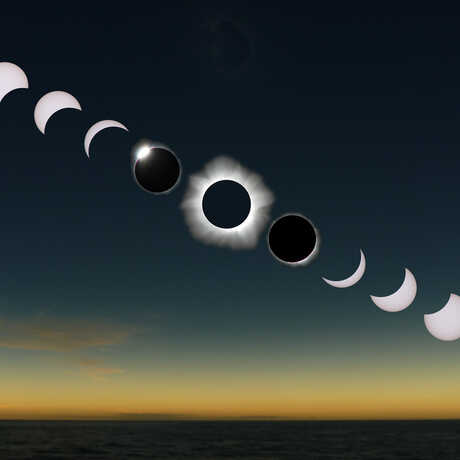
Discover the cultural importance of annular and solar eclipses within Indigenous communities.
"Navajo star knowledge is based on a world view and cosmology significantly different from western academic astronomy. Navajo astronomy can best be understood within a much larger context of Navajo philosophy. The Navajo world view includes a holistic and ordered universe where everything is interrelated and all the pieces of the universe are enfolded within the whole... Traditional Navajo astronomy is highly spiritual in accordance with a world view where everything is considered living and sacred. "
- Nancy C. Maryboy, PhD, Indigenous Education Institute (IEI)
Image credit: Rick Fienberg / TravelQuest International
SAC is offering free, high-quality programming for afterschool programs serving 5th – 8th grades along the path of totality, including semester-long programming and eclipse educational resources.
